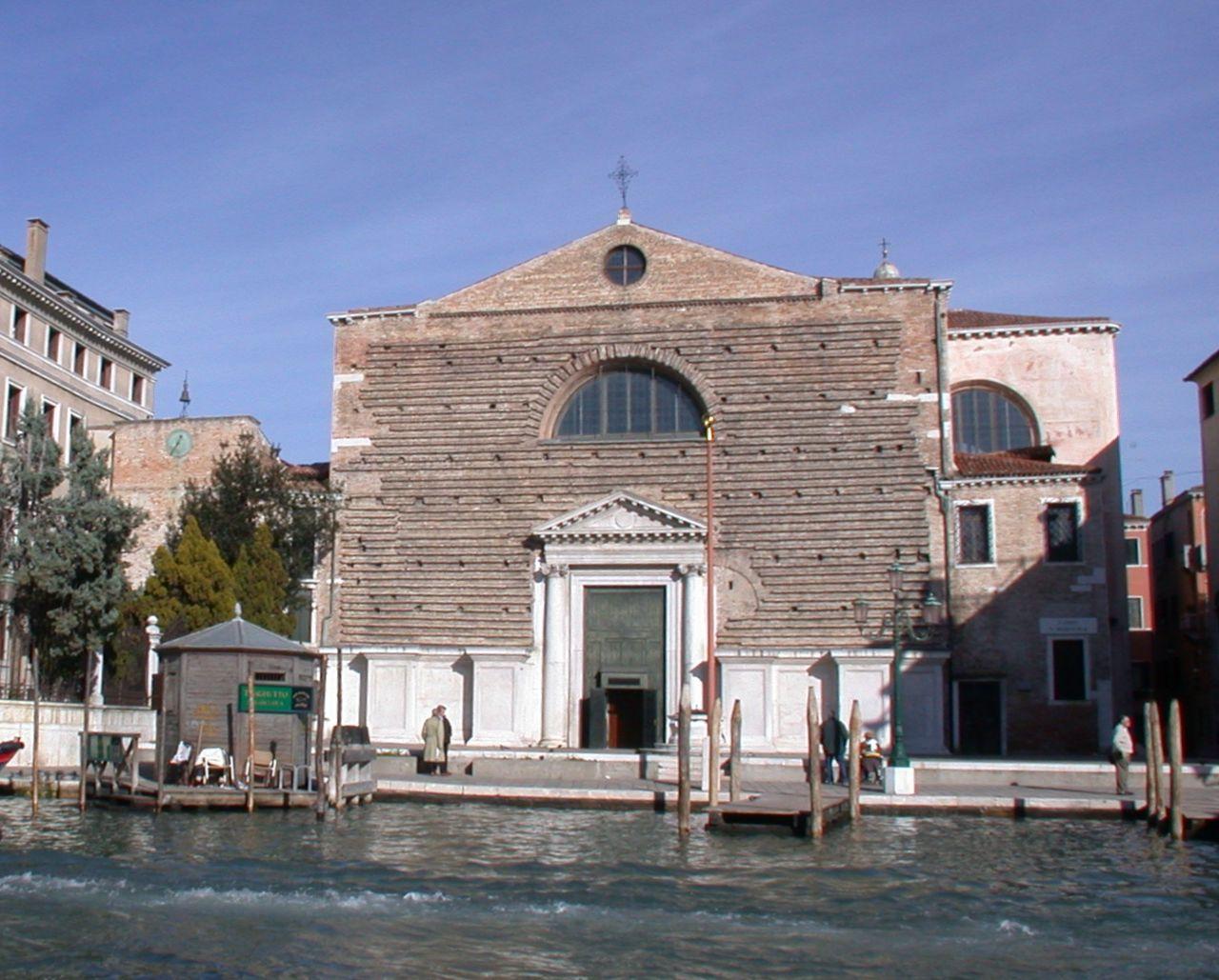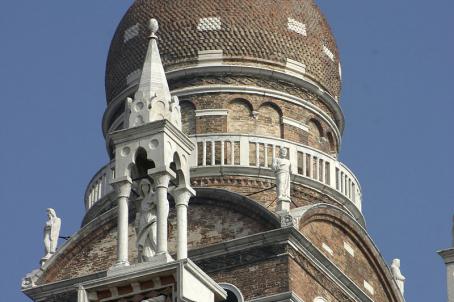Chiesa di San Marcuola
According to tradition, the church of San Marcuola was first built on the island of Lemeneo between the 9th and 10th centuries and then destroyed by fire following an earthquake. The present church was built in the 12th century, thanks to contributions from the Memmo family, owners of the island of San Giorgio Maggiore, and the Lupanizza family. The present structure owes much to a reconstruction in baroque style between 1730 and 1766 according to the plans of Antonio Gaspari.






